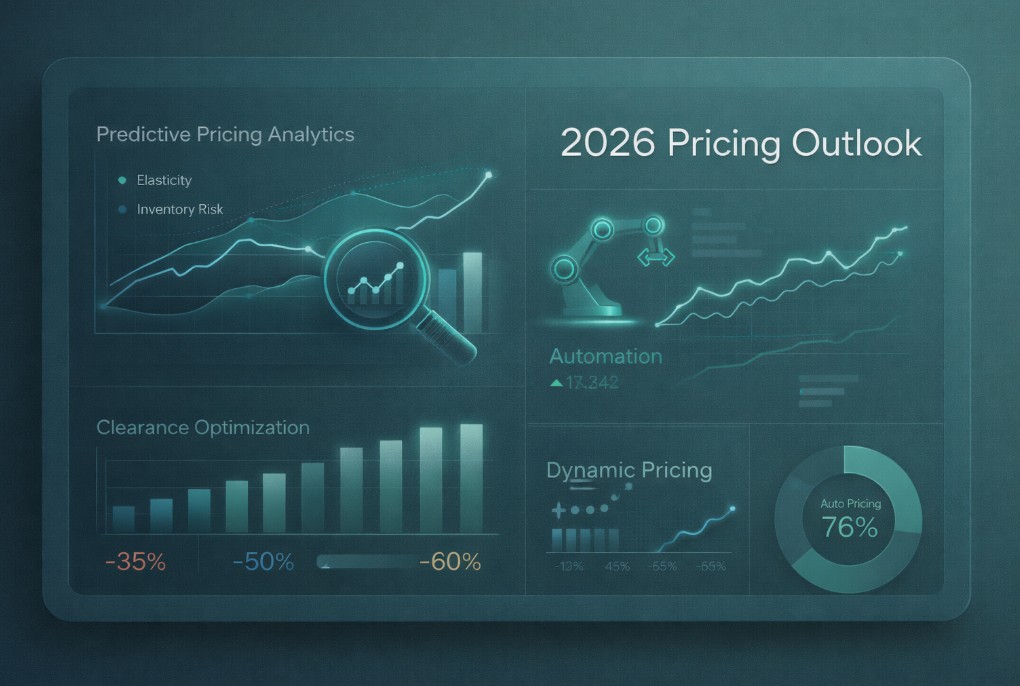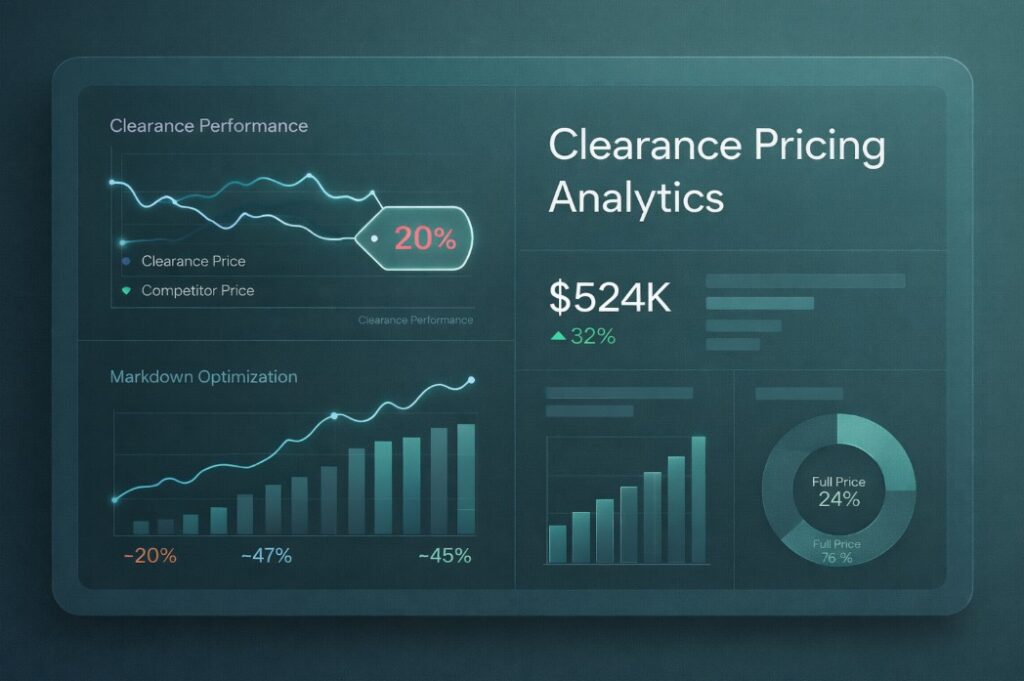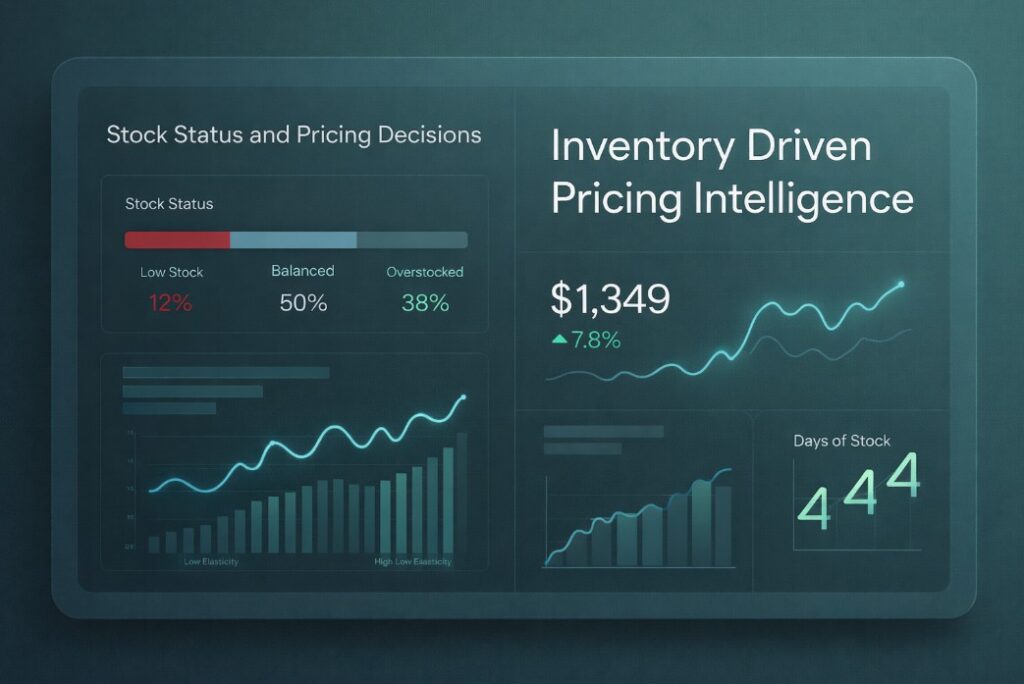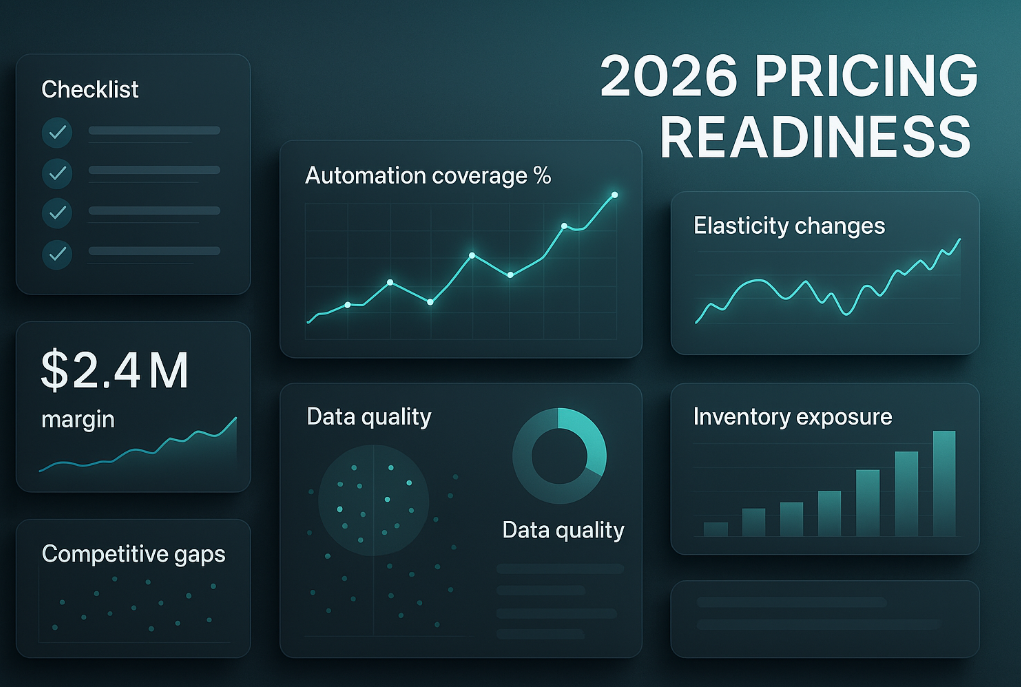- Product
- Solution for
For Your Industry
- Plans & Pricing
- Company
- Resources
For Your Industry
For most retailers, the ultimate goal is creating a seamless shopping experience for consumers. What does this mean today? A shopping experience that spans channels, allowing customers to engage with a brand online, in-store, and in between.
According to research, 90% of consumers use multiple channels when making purchases. Furthermore, 75% of consumers say that they now expect to be interacted with across multiple channels, be it by phone, email, social media, or in person.
This means that any businesses that aren’t already creating an omnichannel experience are lagging behind. There is no more gap between online and in-store shopping and retailers need to adapt to that.
An omnichannel strategy focuses on creating a seamless experience for shoppers. This means connecting all a retailer’s touchpoints, including websites, brick-and-mortar stores, social media platforms, email, etc.
With this type of strategy, different channels should not be operating separately.
As stated previously, omnichannel retail strategies are now considered standard. This means that businesses that aren’t offering them are giving their shoppers a sub-par shopping experience. Your shoppers are already operating at an omnichannel level, even if your business is not. Ensuring you are present and functioning efficiently on all the same channels as your customers gives you a competitive advantage and ensure you don’t miss out on any possible sales opportunities.
After all, 40 percent of consumers say that they won’t do business with a company if they can’t use their preferred channels. For many shoppers, it’s a matter of convenience and consistency. Shoppers want to move from one channel to the next with little to no resistance. This means similar listings, identical sales and promotions, and no pricing discrepancies. With so many different options available, customers can afford to look elsewhere if they find a particular retailer too difficult to work with.
By breaking down the barriers between different shopping channels, you allow shoppers to create their own personalized customer journey. They can begin and end at whichever channels are most convenient for them.
Omnichannel retail may be the norm among today’s retailers, but how does it benefit your business?
Omnichannel retail experiences typically put the customer first, allowing them the smoothest purchasing journey possible. Because of this, customers are more likely to continue doing business with retailers that make them feel understood and in control of their purchases.
An omnichannel retail strategy allows businesses to reach new customer segments they might not have had available to them on other channels.
On top of this, it allows you to reach the same shoppers at multiple different touchpoints, which will ultimately lead to more sales. The more channels a customer uses, the more opportunities to make purchases.
Because an omnichannel strategy relies on breaking down the barriers between channels, businesses only need to collect a customer’s data once rather than at every individual touchpoint. This significantly lowers the cost of collection and processing.
In addition, the omnichannel approach means that retailers do not have to create separate strategies for each channel, reducing unnecessary labor.
One of the big reasons a business loses sales is due to out-of-stock items. Shoppers are especially offended by this when an online website or app states that the item is in stock, and they make their way down to the brick-and-mortar store, only to find empty shelves.
With a holistic, omnichannel approach to retail, businesses gain a clearer view of their inventory across all channels. This should make it easier for retailers to optimize their stock levels and fulfill orders from all channels.
By now, it should be obvious that your business needs to be implementing an omnichannel strategy if it isn’t already. Here are some tips on how to get started:
Creating personalized buying experiences for customers is paramount in the current retail climate. Shoppers expect to be known, understood, and catered toward.
In order to implement this, you need to prioritize gathering as much feedback and other forms of data as possible. Are your shoppers satisfied? Would they recommend you to their peers?
The more information you have on your consumer base, the better you can cater to their preferences.
Put yourself in the shoppers’ shoes as they move throughout the customer journey. Are there any hurdles or stoplights that are preventing them from moving forward with their purchase? In order to gather this information, you will need to obtain feedback from real shoppers at different stages in their journey.
With this information, you will be able to see where the most common points of friction are and make improvements.
It’s important to think about what changes can be made that will make the path smoother for all shoppers with different backgrounds and needs.
hoppers want the ability to independently complete their own research into your products so they can feel well-informed by the time they’re ready to make a purchase. This means having access to all the information they need, including the answers to any questions they might have.
You can cater to this by ensuring all the product information online is accurate, up-to-date, and thorough. Implement a chatbot to answer easy, textbook questions and provide guidance. Create an FAQ page with any questions you have received at a high volume, or respond to issues and negative reviews that a previous customer might have brought up.
Having an unanswered question can pose a big hurdle for a potential customer, so anticipate this and provide them with all the information they need to feel comfortable purchasing from your business.
The Future of Omnichannel Retail – Optimizing the customer experience is an ongoing effort. Shopper expectations and the retail climate never stay static for long and it’s up to you to keep up if you want to be successful.
The future of omnichannel retail lies in the hands of the consumer, and it’s up to businesses to continuously strive and adapt in order to provide shoppers with the experiences they need.













Missing an important marketplace?
Send us your request to add it!